Well, now let's bang and the whole world will turn to dust?
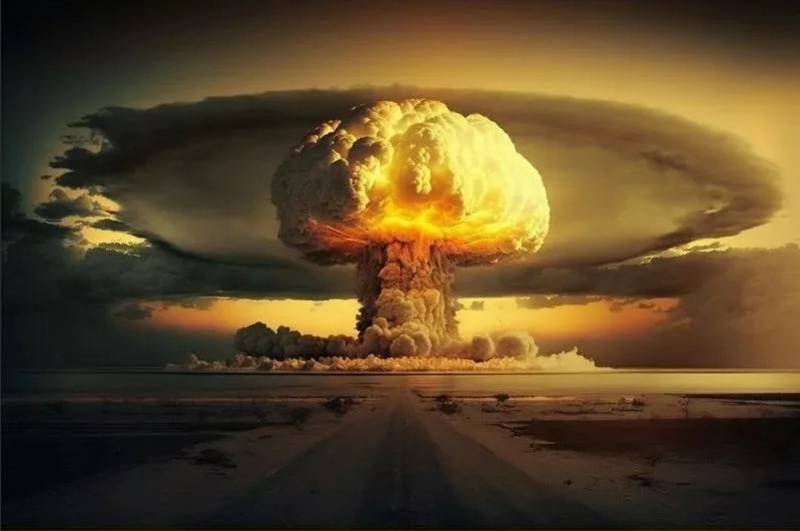
The State Duma in the first reading approved a bill to revoke ratification of the Comprehensive Nuclear Test Ban Treaty. 423 deputies voted unanimously for the adoption of the document.
What is the meaning of this Treaty and what does refusal to ratify it mean, it is worth thinking about by studying history since the adoption of this document.
You need to understand that there were two agreements
The first was called the Nuclear Test Ban Treaty. weapons in the atmosphere, outer space and under water,” and it was also called the “Moscow Treaty” after the place of signing. This document was signed on August 5, 1963 in Moscow.
The parties to the agreement, that is, the initiators, were the USSR, the USA and Great Britain. The treaty came into force on October 10, 1963 and was open for signature by other countries on August 8, 1963 in Moscow, Washington and London. Currently, 131 states are parties to the Treaty.
It should be noted here that signing the Treaty is only half the battle; the most important documents are subject to mandatory ratification, that is, approval at the highest legislative and executive level in the signatory state.
That is, an authorized person from the state (President, Prime Minister, Minister of Foreign Affairs) signs the document. But in order for the Treaty to enter into force, parliamentary approval is required into law.
Parliament, as a representative of the electorate, votes for ratification of the treaty and thereby confirms that the state undertakes to comply with the provisions of this Treaty. The fact of ratification is formalized by a special document called an instrument of ratification. The parties either exchange instruments of ratification or, in the case of a large number of parties, deposit the instruments of ratification with the depositary, which may be one of the signatories or a third party.
In the Moscow Treaty, the USSR, USA and Great Britain became depositaries. Countries acceding to the Treaty transferred their instruments of ratification to Moscow, Washington or London, respectively.
There is another tricky point here. Since accession to a treaty of this type is a two-stage process, naturally, there may be countries that have signed but not ratified it. So, something like “We are for everything good against everything bad, but...”.
The Moscow Treaty, for example, was not signed by China, France, both Koreas and Israel. And thus, in principle, the Treaty was somewhat defective, since what was the point of the fact that some of the countries that initially aspired to possess nuclear weapons did not even plan to sign it?
And that’s when the Comprehensive Nuclear Test Ban Treaty came into play - a multilateral international treaty aimed at banning the test explosions of nuclear weapons and any other nuclear explosions for civilian or military purposes anywhere.
And the Treaty was no longer initiated by individual countries; the Treaty was adopted by the 50th session of the UN General Assembly on September 10, 1996 and opened for signature on September 24, 1996.
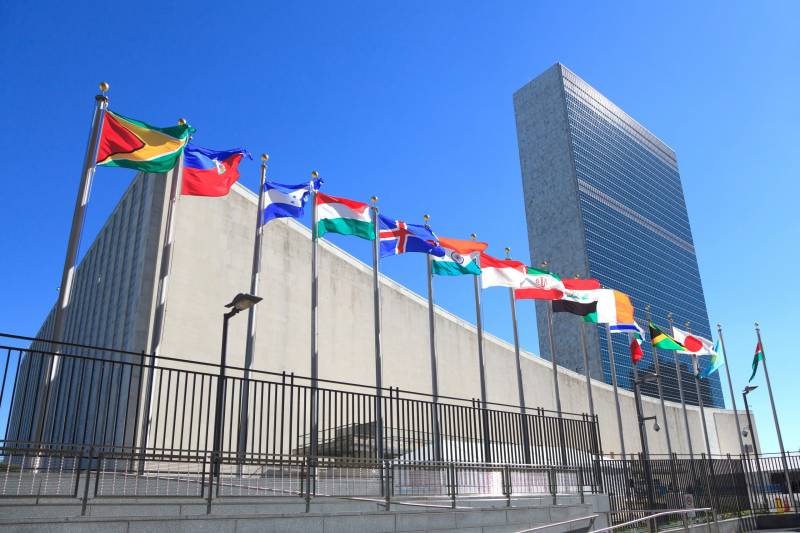
This Treaty was a much more thoughtful document, since one of its Annexes clearly defined a list of 44 countries that could afford nuclear weapons and atomic energy.
It is clear that if such an Agreement is signed by Eritrea or Vanuatu, the world will be neither hot nor cold from this. Support and approval, and nothing more. So, for 2023, the Treaty was signed by 187 states and ratified by 178 of them.
But the question is not who signed, but in who not signed!
It was stated above that one of the conditions for the entry into force of the Treaty is the mandatory signing and mandatory ratification of the Treaty by each of the 44 countries listed in Appendix No. 2.
The list was not taken out of thin air; the list of 44 countries was compiled by the IAEA, and the criterion for inclusion in the list was the presence of operating nuclear power reactors on the territory of these countries at the time the Treaty was drawn up.
That is, everything is transparent: if there is a nuclear reactor, there is an opportunity to obtain weapons-grade plutonium, which means, theoretically, it is possible to create nuclear weapons. In fact, many countries did just that.

So, out of 44 countries that had nuclear energy at the time of the Treaty’s creation, only three did not sign: India, Pakistan and North Korea. That is, the first requirement for the Treaty to enter into force was not met. 41 out of 44 states signed.
Further. Next we have ratification. And even fewer ratified the Treaty: 36 out of 44 countries. Those who have not signed have also joined USA, China, Israel, Iran and Egypt.
The UN did not seem to give up, and on December 6, 2006, the General Assembly adopted a resolution emphasizing the need for the speedy signing and ratification of the Treaty. 172 countries voted for the resolution, two voted against: DPRK and USA.
Basically a curtain. The Comprehensive Nuclear Test Ban Treaty did not enter into force, which means it remained practically a fiction. No, many countries that still complied with the terms of the previous Treaty did not carry out tests. Including the USA. No tests have been carried out there since 1992. They did the same in Russia. It doesn’t matter whether it’s a gentleman’s agreement or conscientious execution of the Moscow Treaty, the important thing is that the parties complied with the terms of the Treaty, which, in fact, makes it such.
Here we will leave aside the US policy regarding the Treaty; they did not hide the fact that they would not ratify it.
What could Russia gain from leaving the CTBT Treaty?
It turns out that it is not possible to revoke the signature, but you can revoke the instrument of ratification. Russia will remain a signatory to the Treaty, but in essence, a party to the treaty that has not entered into force. It's like operations with zero. The result will still be zero, multiply zero or multiply by zero.
Between 1949 and 1990, the Soviet Union conducted 715 nuclear tests, using 969 nuclear devices. Separately, it is worth saying that of this number, 124 tests were carried out for peaceful purposes.
Most of the tests in the USSR took place at the Semipalatinsk nuclear test site (2nd State Central Research Test Site, 2nd State Central Scientific Research Institute) and at the nuclear test site on the Novaya Zemlya archipelago (State Central Test Site No. 6, or 6th GPC of the USSR Ministry of Defense).
On October 30, 1961, the most powerful hydrogen bomb in history, the 6-megaton Tsar Bomba, was exploded at test site No. 58 on Novaya Zemlya.
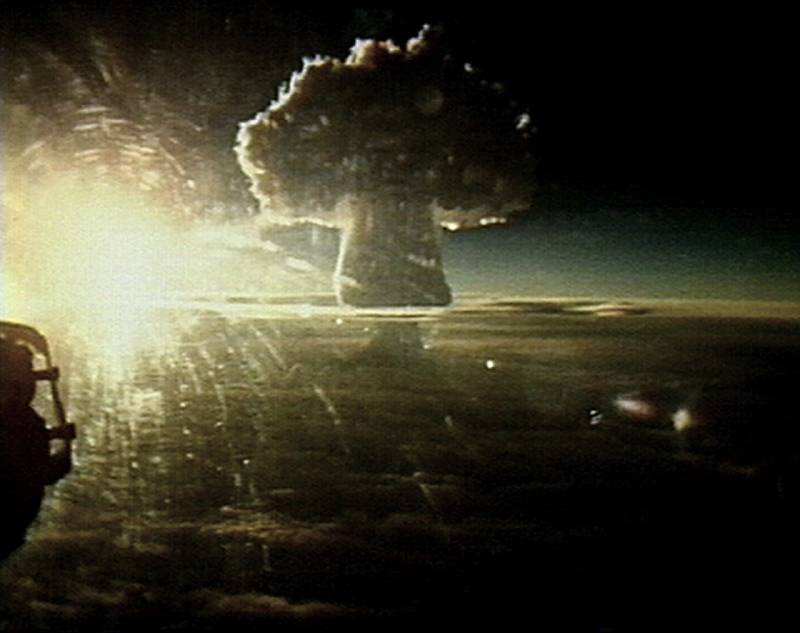
The seismic wave resulting from the explosion circled the globe three times, and the sound wave reached Dikson Island at a distance of about 800 kilometers from the point where the bomb was detonated.
Well, at the Semipalatinsk test site on October 11, 1961, an underground nuclear explosion was carried out for the first time.
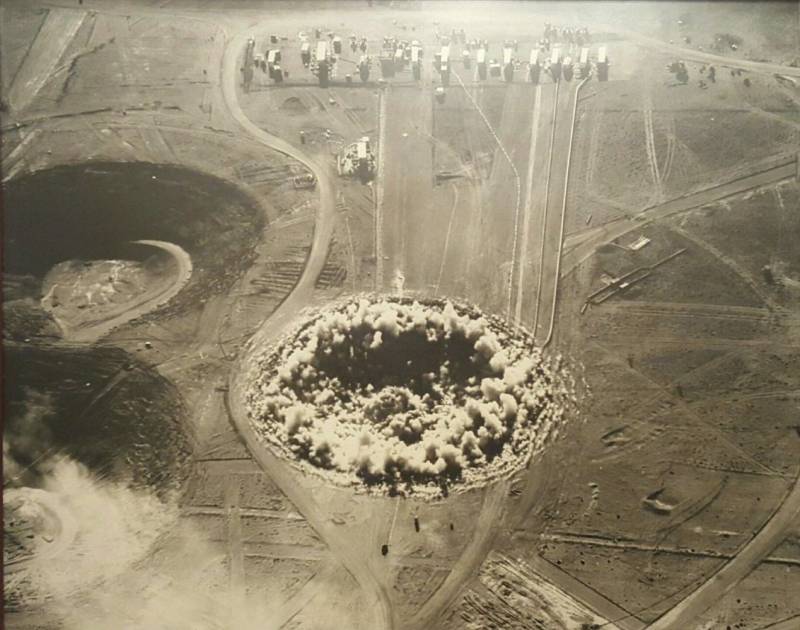
It must be said that when two years later, in October 1963, the aforementioned Moscow Treaty “On the Prohibition of Tests of Nuclear Weapons in the Atmosphere, Outer Space and Under Water” came into force, it left such a loophole as underground testing. However, one of his demands was the following: radioactive fallout after a nuclear explosion in the bowels of the earth was not allowed outside the state that carried out the tests.
And the Semipalatinsk test site had a lot of work to do. From 1949 to 1989, 468 nuclear tests were carried out there, in which 616 nuclear and thermonuclear devices were detonated, including:
- 125 atmospheric (26 ground, 91 air, 8 high-altitude);
- 343 underground (215 in adits and 128 in wells).
The Semipalatinsk test site was closed on August 29, 1991, and this is where the story of the “two” ended.
Russia only has a test site left on Novaya Zemlya.

On February 27, 1992, the President of the Russian Federation signed Decree No. 194 “On the test site on Novaya Zemlya.” By this decree, it was designated as the Central Test Site of the Russian Federation (CP RF), and a residential and scientific center of the archipelago was formed in the village of Belushya Guba.
But even in Soviet times, tests were carried out on Novaya Zemlya. From September 21, 1955 to October 24, 1990, 132 nuclear explosions were carried out:
- 87 atmospheric (including 84 air);
- 1 ground;
- 2 surface;
- 3 underwater;
- 42 underground.
And on Novaya Zemlya it is quite possible to continue testing various nuclear devices.
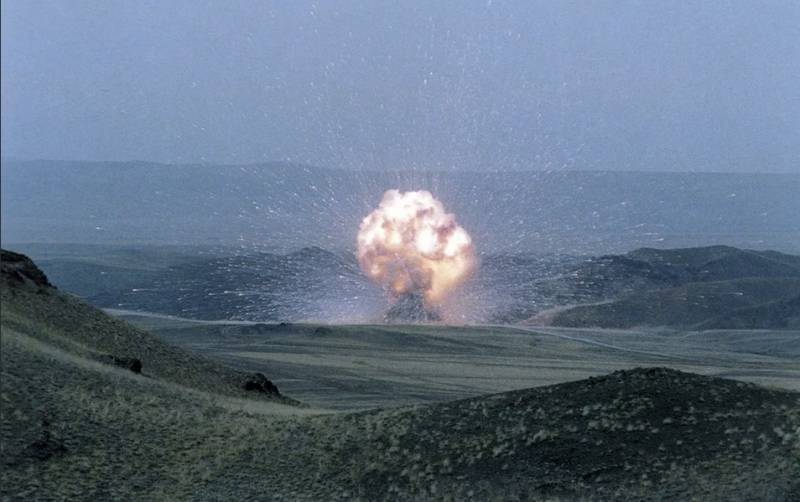
In terms of quantity, we are not leaders.
The world leaders are expected to be the United States, where from 1945 to 1992 they officially conducted 1054 tests of all types, atmospheric, underground, surface, underwater and in space.
Most testing was conducted at the Nevada Test Site (NTS), the Marshall Islands in the Pacific Ocean, and also in the Atlantic Ocean. The last nuclear explosion in the United States took place at a nuclear test site in Nevada on September 23, 1992. The test site is closed, but suitable for testing.
China carried out 1964 nuclear weapons tests (1996 atmospheric and 45 underground) from 23 to 22. Testing stopped in 1996, when China signed the Comprehensive Nuclear Test Ban Treaty. Since 2007, by decree of the PRC government, the Lop Nor nuclear test site has been completely closed and turned into a tourist site.
France conducted 1960 nuclear tests between 1996 and 210. The French turned out to be very pragmatic and did not disfigure their territory, leaving the beauty of nuclear testing to others. 17 tests were carried out in the Sahara desert, on the territory of its colony of Algeria, 46 atmospheric and 147 ground and underground on the atolls of Fangataufa and Mururoa in French Polynesia.

Britain conducted its first test on October 3, 1952, detonating a nuclear device on board a ship anchored off the Monte Bello Islands (western tip of Australia). In total, Great Britain conducted 1952 nuclear tests from 1991 to 88.
North Korea conducted six nuclear tests at the Punggye-ri nuclear test site.
India conducted the first test in 1974. Until 1998, five underground nuclear explosions were carried out at a test site northwest of the city of Pokhran, India was officially declared a nuclear power, but two days later Delhi announced its refusal to further tests.
Pakistan did not lag behind the eternal enemy; on May 28, 1998, it exploded five bombs underground, and on May 30, another one.
Russia's example regarding withdrawal from the CTBT may seem contagious and other countries will follow Russia's example. Naturally, many today are looking at the United States, waiting for its reaction. Actually, there can be only two reactions: either continuation of the tests, or implementation of the Moscow Treaty and failure to conduct tests in accordance with its letter.
How can withdrawal of ratification of the Treaty be useful to Russia?
Let's start with the fact that nuclear weapons are very different in their properties from conventional ones. An ordinary projectile can quietly lie in a dry warehouse for several decades and not lose its deadly properties.
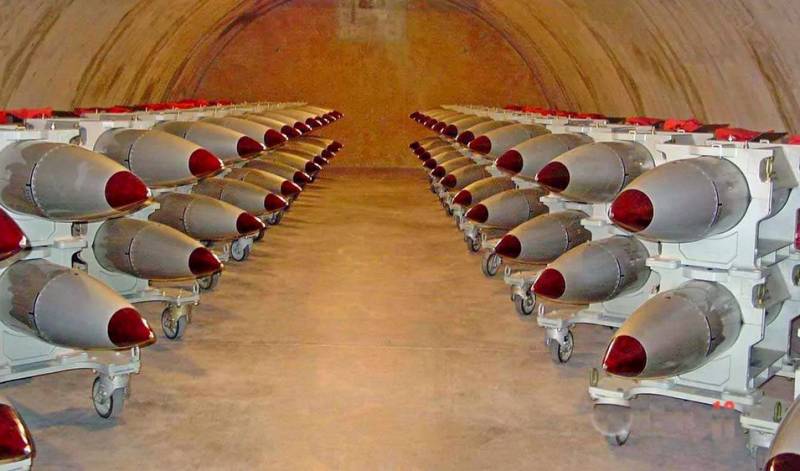
In a nuclear device, complex processes of radioactive decay constantly occur, what is called a half-life. That is, over time, the isotopic composition of the charge changes, and it can degrade to some extent.
With conventional shells, everything is simpler: a control quantity is taken from one batch and fired at the firing range. Based on the results, conclusions are drawn about the suitability of the entire batch, after which it is either written off and sent for repairs, or its storage continues.
With nuclear weapons, everything looks about the same. In fact, only a full-scale test can give a clear answer to the question of whether the ammunition is suitable for use.
Nowadays, many unfriendly media in unfriendly countries very often talk about the fact that Russia is a colossus with feet of clay, and the army that has kept everyone in fear for the last 30 years is, let’s say, far from perfect.
Accordingly, our country’s nuclear potential is experiencing the same problems as the Armed Forces in general. Missiles made in Soviet times, warheads made at the same time - and now there are doubts that the Russian nuclear potential is such a potential. “A rusty sword of the Soviet era” is a common opinion. And our plutonium is old, and it is no longer possible to make new ammunition from it, since it has changed its isotopic character.
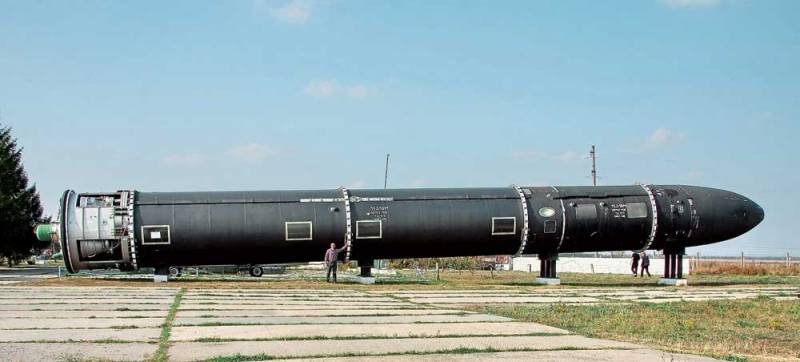
Such an opinion could undermine Russia’s already low authority. Previously, they were afraid of us, now... now there is even less and less fear towards Russia. Nuclear charges, of course, are not to blame here; we are talking about slightly different culprits. But a nuclear shield is something that should keep everyone who is not a friend of Russia in a certain tension.
So a unilateral exit from the moratorium is a possible option. Without regard to the countries that signed the Treaty. It still hasn’t come into force, so its value is low, especially for those who had no intention of fulfilling it. Like the USA, for example. Although, to be fair, by not ratifying the Treaty, the United States complied with its terms without conducting tests.
There is an ambivalent feeling: on the one hand, everyone seems to be complying with the terms of the agreement and not conducting tests, on the other hand, this is somewhat similar to a gentleman’s agreement. However, when the game changes, gentlemen often change the rules of the game.
Exiting the moratorium, albeit unilaterally, to verify nuclear arsenals is a step that can be taken without regard to the United States and Europe. And don’t especially think about the loss of prestige on the world stage; firstly, there is nothing much to lose, and secondly, it’s about the country’s security.
Whether the United States will begin its tests in response or not is the third question, the answer to which is not so important. It is more important to know that our nuclear arsenals guarantee the security of the country.
And testing the launch vehicles with a couple of launches at the Kure test site will also absolutely not hurt.
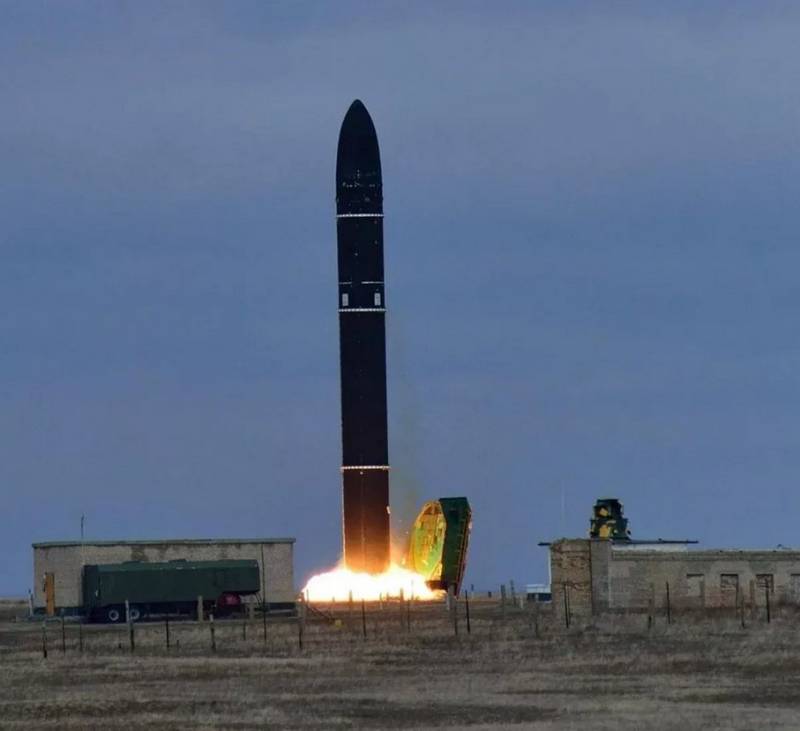
No matter how it looks, yes, naturally, such actions will cause another wave of indignation and condemnation from the world community, but the key word here is “next.” But it will allow us to draw conclusions about the state of Russia’s nuclear shield.
Analytics by physicists and calculations are, of course, good, but not a single theory will provide such confirmation as real tests. And here everything is quite transparent: in modern conditions, a step towards revoking the ratification of a treaty that has not entered into force is not a subject for condemnation by the world community. And the end of the moratorium does not always mean an escalation of the arms race.
So, of course, let’s bang... but later.
Information